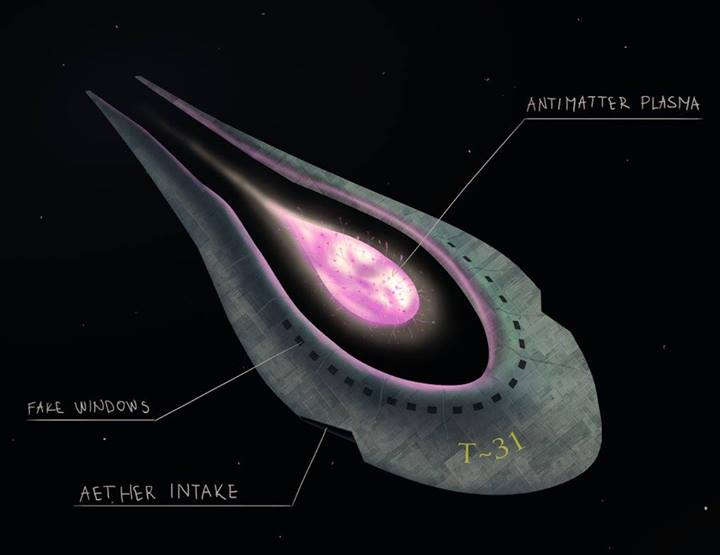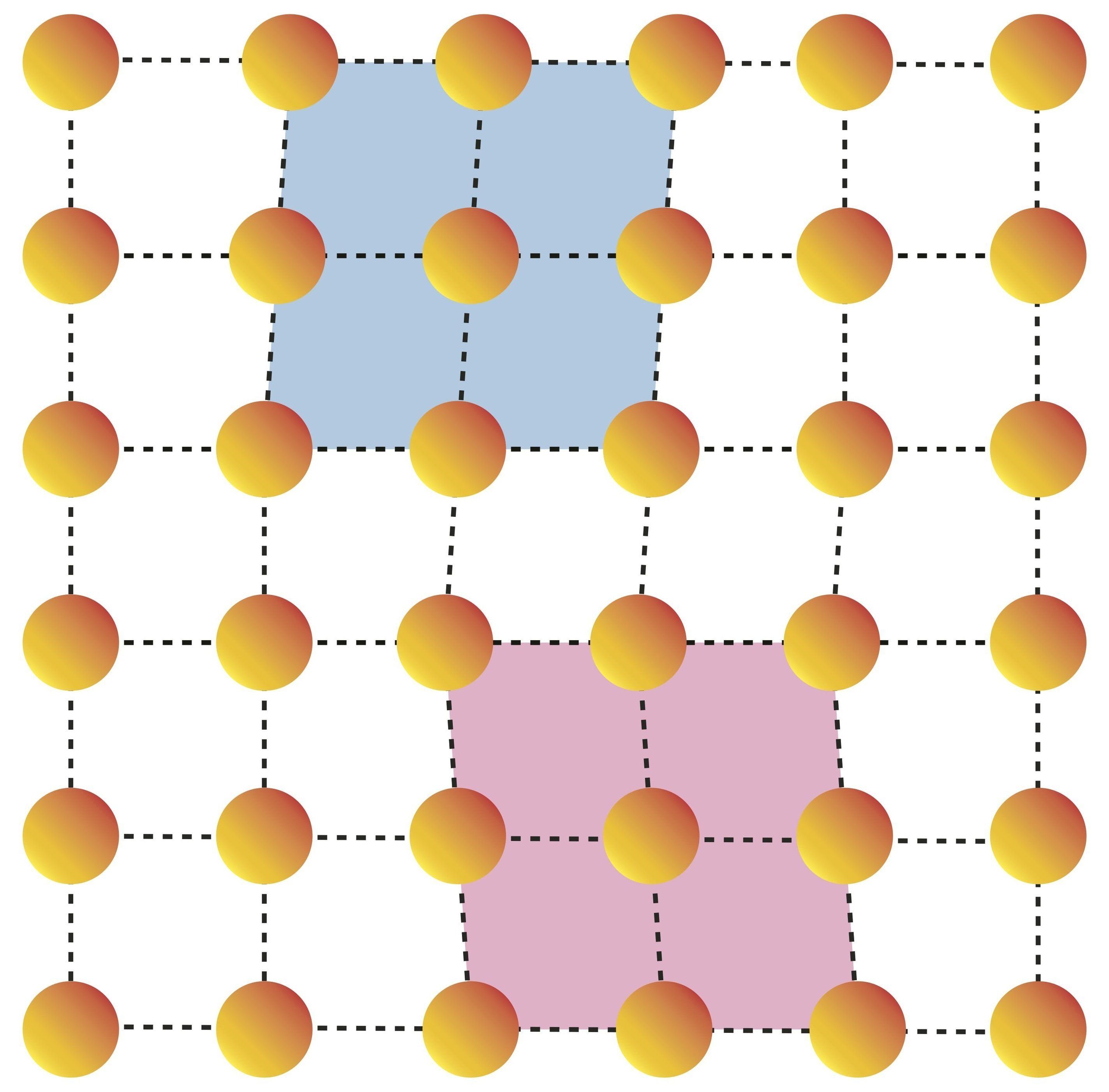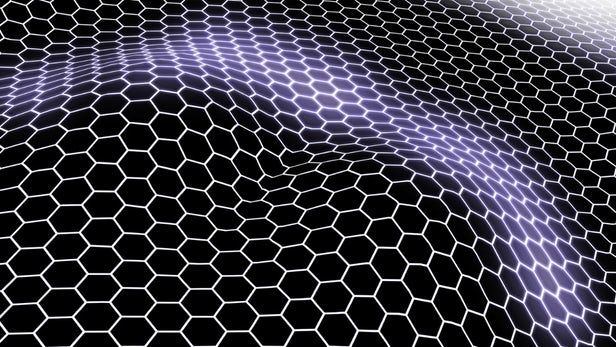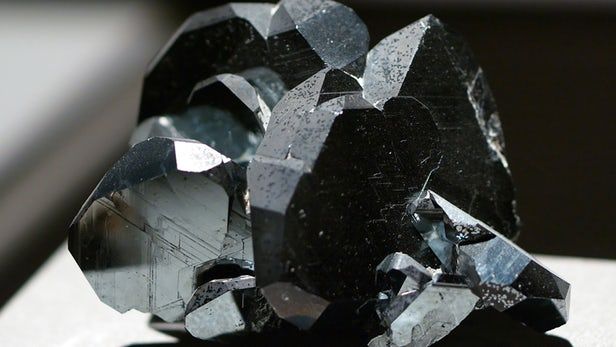Archive for the ‘materials’ category: Page 255
Aug 7, 2018
Physicists find surprising distortions in high-temperature superconductors
Posted by Genevieve Klien in categories: materials, physics
There’s a literal disturbance in the force that alters what physicists have long thought of as a characteristic of superconductivity, according to Rice University scientists.
Rice physicists Pengcheng Dai and Andriy Nevidomskyy and their colleagues used simulations and neutron scattering experiments that show the atomic structure of materials to reveal tiny distortions of the crystal lattice in a so-called iron pnictide compound of sodium, iron, nickel and arsenic.
These local distortions were observed among the otherwise symmetrical atomic order in the material at ultracold temperatures near the point of optimal superconductivity. They indicate researchers may have some wiggle room as they work to increase the temperature at which iron pnictides become superconductors.
Continue reading “Physicists find surprising distortions in high-temperature superconductors” »
Aug 6, 2018
Here’s how many times you actually need to reuse your shopping bags
Posted by Bill Kemp in category: materials
The plastic bag ban by the major supermarkets (and Coles’ pivot away from its ban after backlash, then pivot back to the ban after a backlash to the backlash) has left plenty of people scratching their heads.
What are the best replacements for single-use plastic bags? Given that reusable bags are much sturdier, how many times must we use them to compensate for their larger environmental impact?
The simple answer is that there is no simple answer. However, a kind of research called “life cycle assessment” can help us work out the impact of common types of reusable bags.
Aug 4, 2018
Astronomers Finally Understand 170-Year-Old Stellar Eruption
Posted by Genevieve Klien in categories: materials, space travel

Data collected from the Gemini South telescope in Chile has shed light on a nearly-200-year-old stellar eruption.
Gemini spectroscopy shows that ejected material from the blast was the fastest ever seen from a star that remained intact.
Continue reading “Astronomers Finally Understand 170-Year-Old Stellar Eruption” »
Aug 4, 2018
DARPA Picks Research Teams for Post-Moore’s Law Work
Posted by Klaus Baldauf in categories: computing, materials
The Defense Advanced Research Projects Agency (DARPA) has selected the teams for two research programs that the agency hopes will provide technologies to transcend the limits of Moore’s Law.
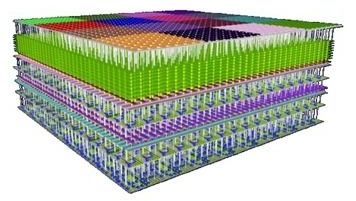 As part of DARPA’s $1.5 billion Electronics Resurgence Initiative (ERI) to “jumpstart innovation in the electronics industry,” the Three Dimensional Monolithic System-on-a-Chip (3DSoC) program and the Foundations Required for Novel Compute (FRANC) program are focused on developing chip-level innovations that lead to more powerful and efficient computing systems. We reported on both programs last September, just after they were announced.
As part of DARPA’s $1.5 billion Electronics Resurgence Initiative (ERI) to “jumpstart innovation in the electronics industry,” the Three Dimensional Monolithic System-on-a-Chip (3DSoC) program and the Foundations Required for Novel Compute (FRANC) program are focused on developing chip-level innovations that lead to more powerful and efficient computing systems. We reported on both programs last September, just after they were announced.
Last week, during DARPA’s first ERI Summit in San Francisco, the agency revealed the research teams selected to drive each of these efforts. For the 3DSoC program, groups from the Georgia Institute of Technology, Stanford University, Massachusetts Institute of Technology, and Skywater Technology Foundry were tapped. The corresponding research teams for the FRANC program will come from HRL Laboratories; Applied Materials, Inc.; Ferric, Inc.; the University of California, Los Angeles; the University of Minnesota; and the University of Illinois at Urbana-Champaign.
Continue reading “DARPA Picks Research Teams for Post-Moore’s Law Work” »
Jul 31, 2018
Laser-blasted graphene boosts capacity of sodium-ion batteries
Posted by Bill Kemp in category: materials
Lithium-ion batteries are effective, but they can be a bit on the expensive side. Striking a balance between common materials and efficiency is important, and regular old salt looks like it could fit the bill – after a few kinks are ironed out. Now, researchers at King Abdullah University of Science and Technology (KAUST) have developed a way to make “disordered” graphene that can help improve the sodium-ion battery recipe.
Jul 30, 2018
What Comes After Silicon?
Posted by Shailesh Prasad in categories: computing, materials
Silicon is the king of the computing world. Almost all commercial integrated circuits have been based on silicon and, for the most part, on a single basic process called complementary metal oxide (CMOS).
But the end of silicon may be in sight. Even industry giant IBM acknowledges that silicon’s days are numbered. But why? And what’s going to replace it?
There is a whole raft of new materials and partial replacements for silicon in the offing. But I could have written that very sentence two decades ago—maybe even as far back as 1980. Yet silicon remains dominant.
Jul 30, 2018
Move over, graphene: Iron ore mineral becomes newest 2D material
Posted by Genevieve Klien in categories: materials, particle physics
When it comes to new materials, thin is most definitely in. Brazilian researchers have created a new two-dimensional material called hematene, which is made up of sheets of iron ore just three atoms thick. And as is often the case with 2D materials, hematene seems to have different properties to its regular form.
Jul 22, 2018
Yes, plastic is an eco nightmare. But it’s also tired, old technology
Posted by Steve Nichols in category: materials
Jul 20, 2018
Beets and carrots could lead to stronger and greener buildings
Posted by Bill Kemp in categories: food, materials
According to engineers, root vegetables aren’t only good for the body. Their fibres could also help make concrete mixtures stronger and more eco-friendly.
Construction projects have a significant impact on our environment. To combat this, stakeholders in the academic and industrial sectors have been looking for ways to make the industry more environment friendly. The EU-funded project B-SMART will be contributing to these efforts by focusing on concrete and the more culpable of its ingredients: cement.
Led by Lancaster University in the United Kingdom, the project will be investigating how nanoplatelets extracted from the fibres of root vegetables can make concrete mixtures more robust and more environment friendly. So far, initial tests have shown that adding nanoplatelets from sugar beet or carrot to these mixtures greatly enhances the mechanical properties of concrete.
